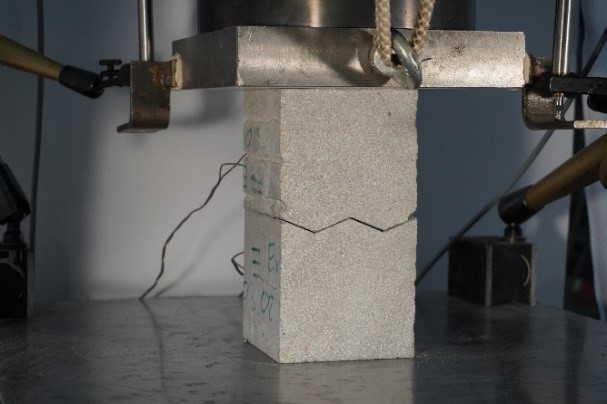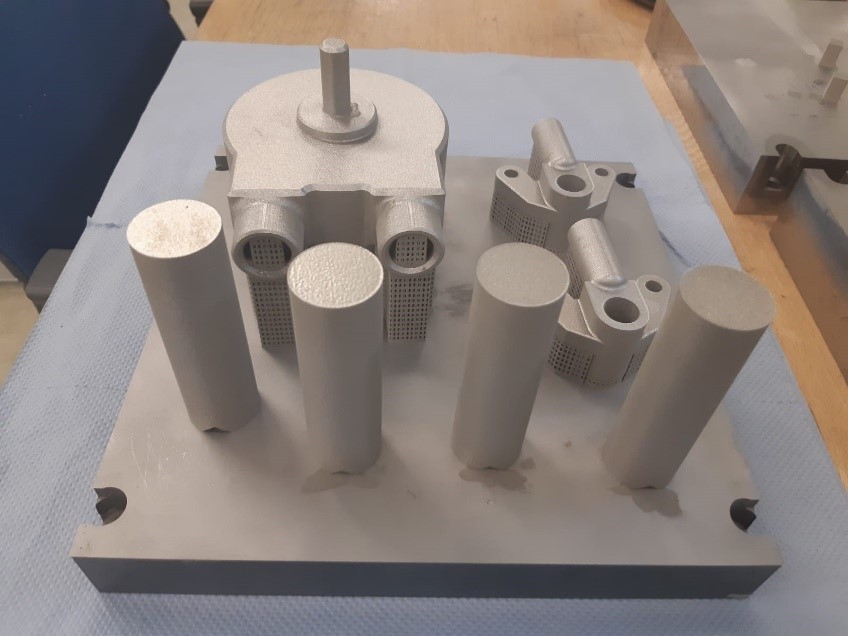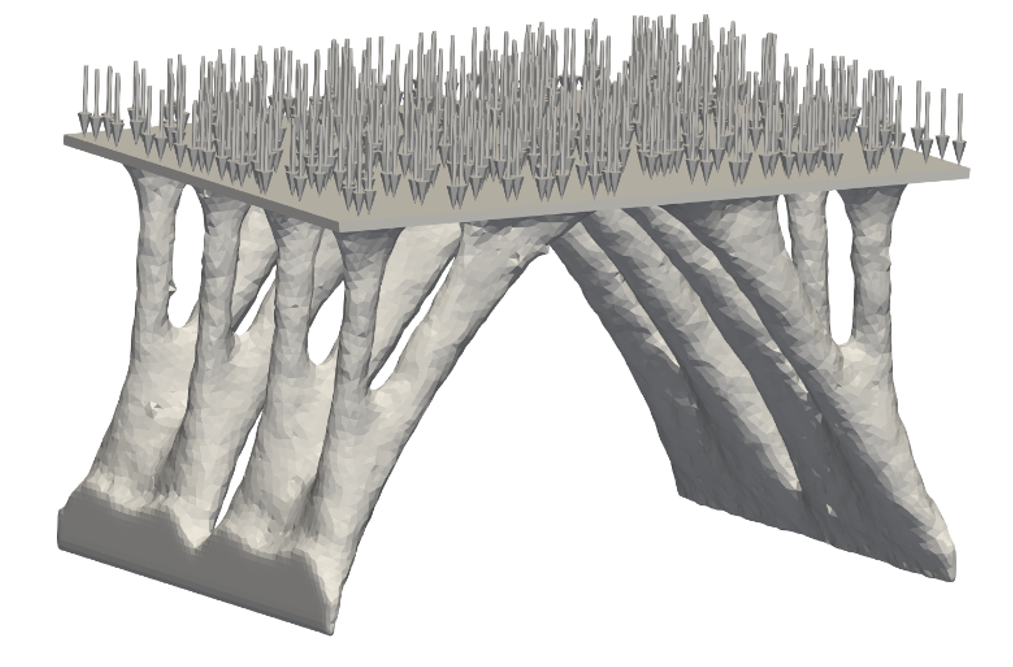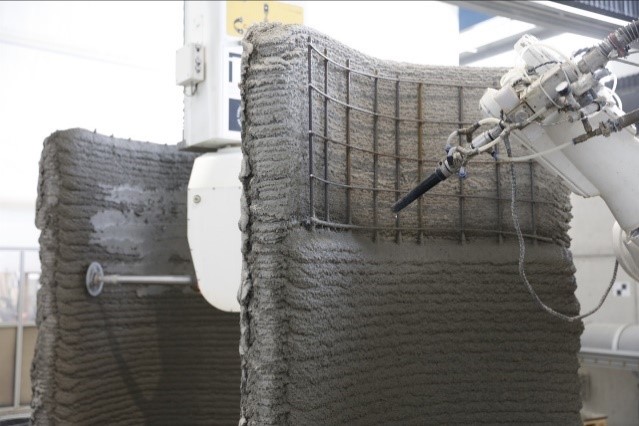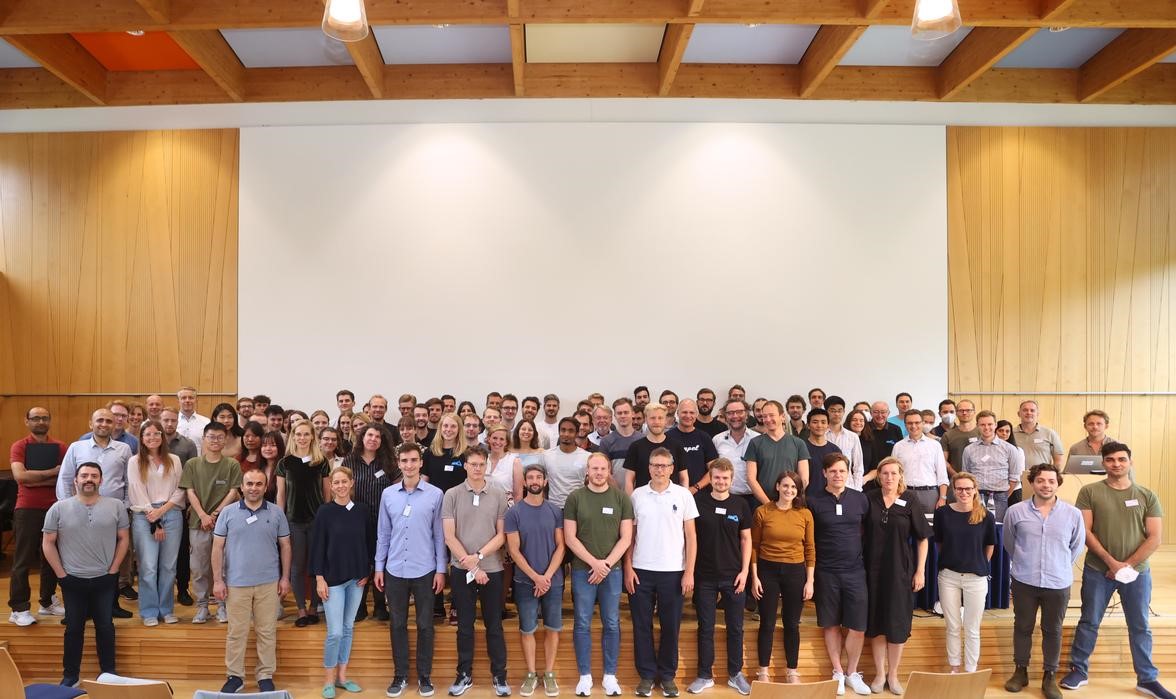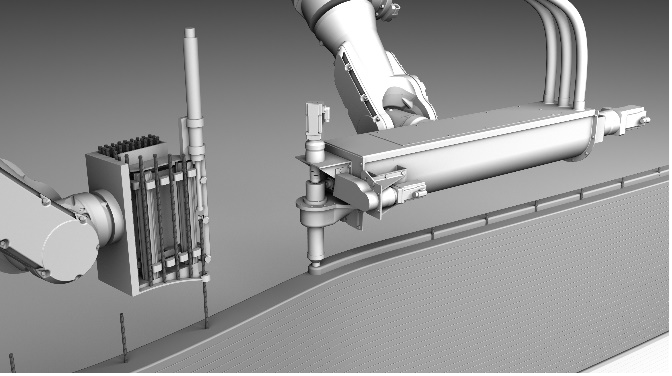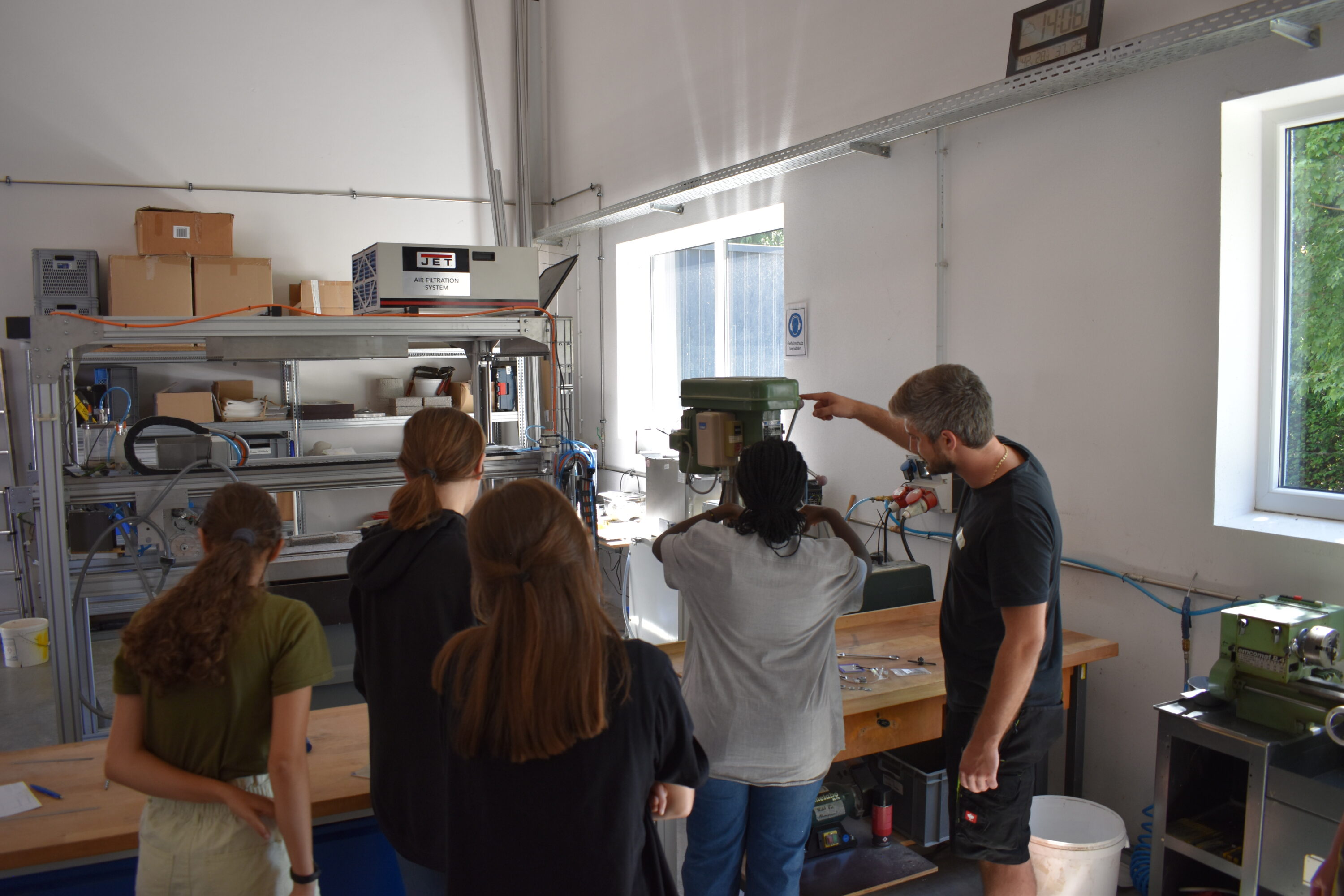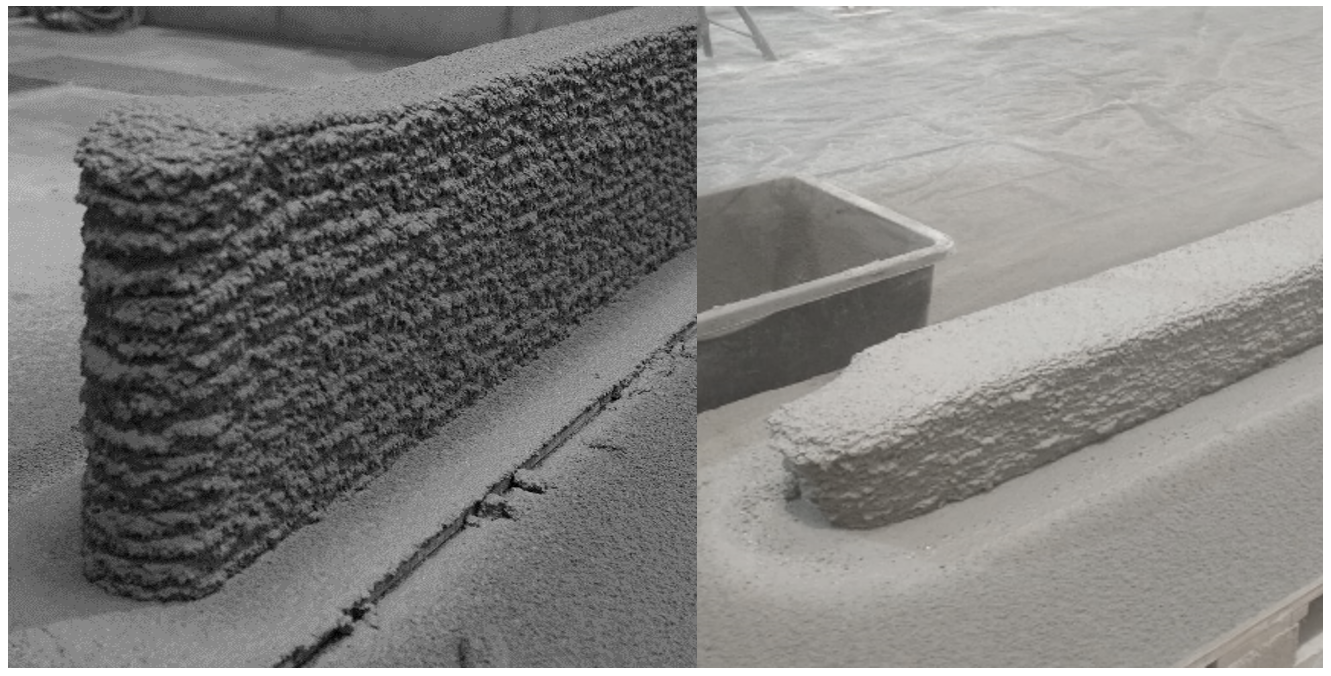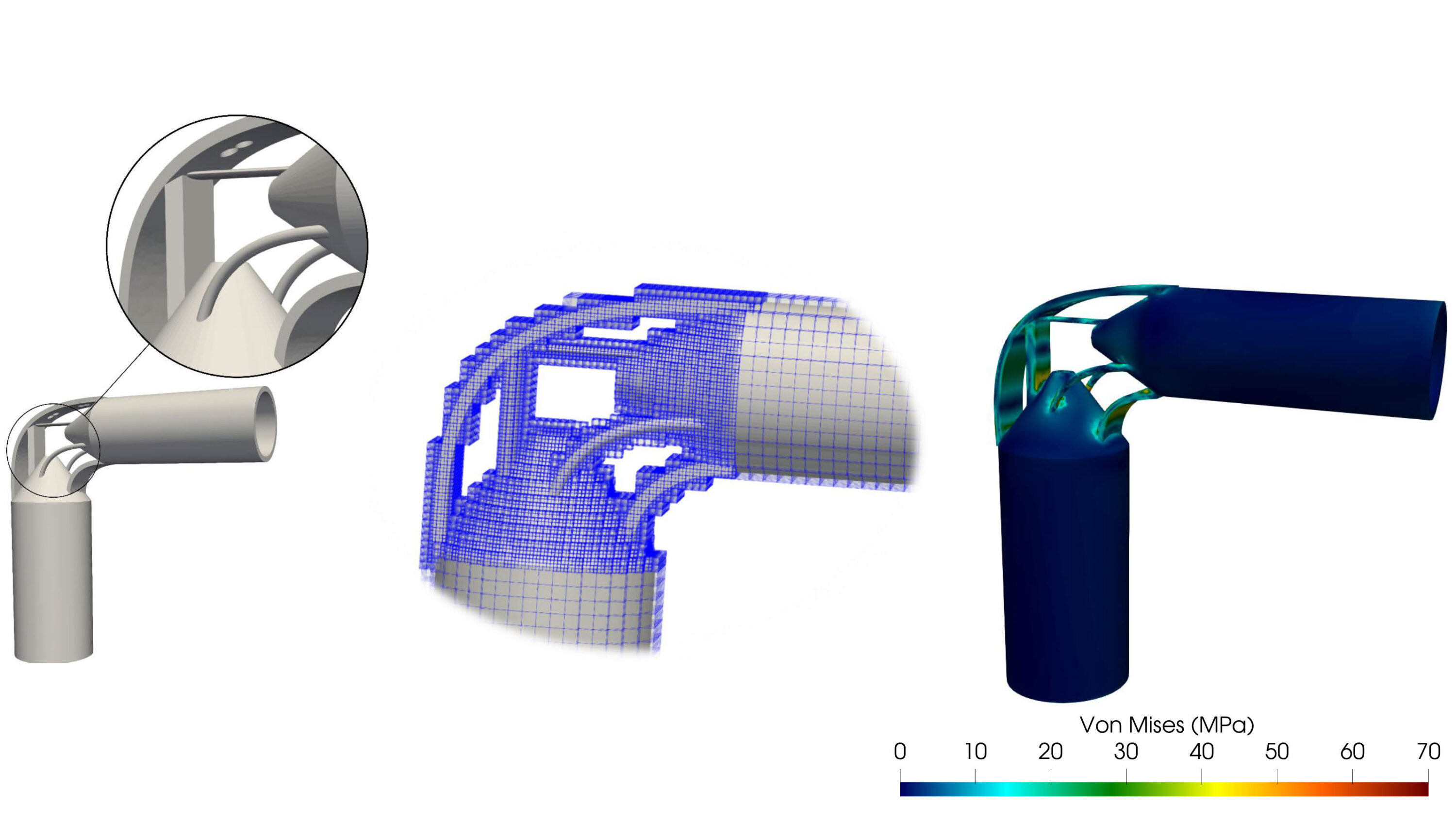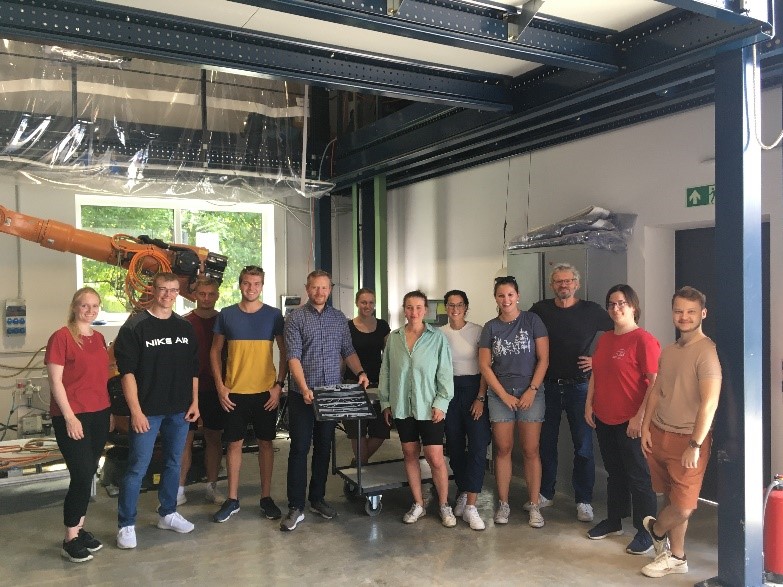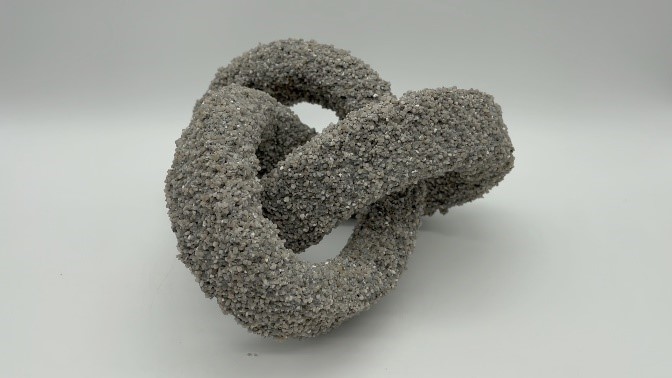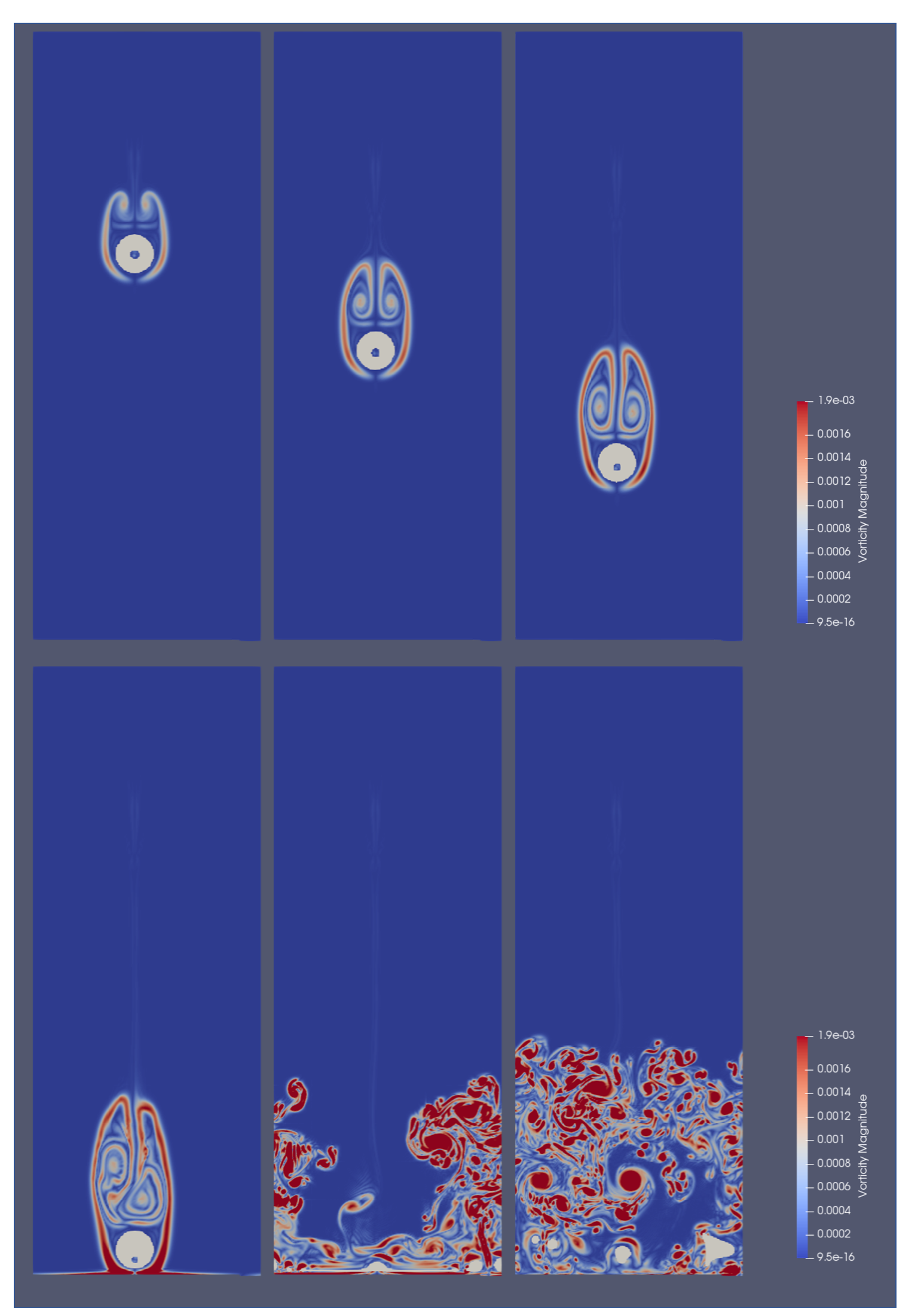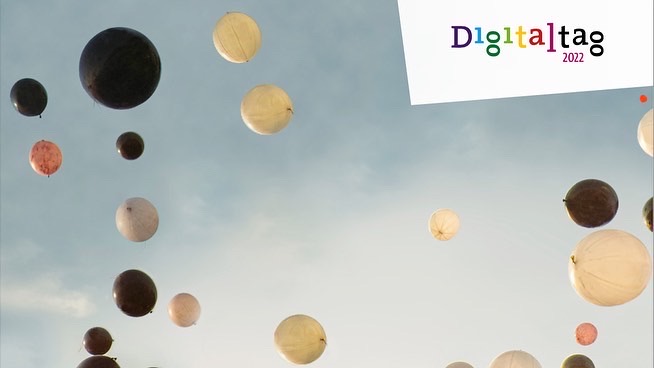News
Research Summary Report C05
Category: Research Summary Report
Jointing Principles for Combination of Concrete Elements Produced by Different Additive Manufacturing Processes [23.09.2022] Empelmann, Martin; Project Leader, m.empelmann@ibmb.tu-bs.de Weigel, Hendrik; Doctoral Researcher, h.weigel@ibmb.tu-bs.de TU Braunschweig, Institute of Building Materials, Concrete Construction and Fire Safety (iBMB), Division of Concrete Construction Main goal The main goal of the C05 project is gaining fundamental knowledge for the design of dry joints in AM components. Therefore, the correlation between the execution and manufacturing on the load-bearing behaviour of dry joints will be investigated. Many different joint geometries are gathered, compared and evaluated by experimental testing and numerical methods. Summary The selected joint profiles from the so-called joint catalogue (see last RSR) are tested in terms of their compressive load-bearing behaviour. The …
Research Summary Report A06
Category: Research Summary Report
Laser Powder-Bed Fusion (LPBF) of Steel Elements for Construction – Basics of Design and Mechanical Resilience [16.09.2022] Wenzler, David; Doctoral researcher; david.wenzler@tum.de Technical University of Munich, Institute for Machine Tools and Industrial Management Diller, Johannes; Doctoral researcher; johannes.diller@tum.de, Siebert, Dorina; Doctoral researcher; dorina.siebert@tum.de Technical University of Munich, Chair of Metal Structures The project A06 aims to explore and evaluate the factors influencing the manufacturing of safe and durable structural steel elements by Powder Bed Fusion of Metals using a Laser Beam (PBF-LB/M). Thereby, the PBF-LB/M process, the post-treatment, and the geometrical aspects in terms of microstructure and mechanical properties are investigated and correlations are determined. In the first funding period, the project is focused on analyzing small-scale specimens as well …
Research Summary Report C02
Category: Research Summary Report
3D Structural Puzzle – Numerical Multi Scale Shape and Topology Optimisation Methods to Additively Manufacture Optimal Structures from Optimised Pieces [01.09.2022] Dr.-Ing. Reza Najian Asl (reza.najian-asl@tum.de); Prof. Dr.-Ing Kai-Uwe Bletzinger; TUM, Chair of Structural Analysis Current state of research Additive manufacturing in construction is a real enabler for the creation of optimal structures. It breaks the limitations of classical construction and provides the possibility of design and optimization for every feature and property of the structure, especially material and shape. To that end, a simulation-based optimization tool has been developed at the Chair of Structural Analysis, TU Munich. The tool is implemented in the Kratos-Multiphysics open-source frame work and has the following state of the art features: (a) efficient and …
Research Summary Report A04
Category: Research Summary Report
Integrated Additive Manufacturing Processes for Reinforced Shotcrete 3D Printing (SC3DP) Elements with Precise Surface Quality [26.08.2022] Dörrie, Robin: doctoral researcher, r.doerrie@tu-braunschweig.de, Technische Universität Braunschweig, Institut für Tragwerksentwurf Within this project, basic research on various Shotcrete 3D Printing (SC3DP) strategies, materials, tools and methods will be conducted with regard to enhanced material and process control, reinforcement integration, surface quality and automation. To that end, different reinforcement materials in combination with suitable reinforcement manufacturing and integration concepts will be investigated based on force-flow optimised reinforcement alignment. Besides, design strategies as well as material and process control will be investigated in detail. Furthermore, tools and strategies for precise control of the surface quality and geometric resolution of SC3DP elements are subject of research. …
AMC Summer School 2022
Category: Press release
AMC Summer School 2022 – Summer, sun, lake and future The Collaborative Research Centre Transregio TRR 277 Additive Manufacturing in Construction (AMC) met at the end of July for an intensive research exchange at Lake Ammersee. For one week, the Haus der Bayerischen Landwirtschaft was home to 80 AMC scientists and their guests. Among them were students from the cooperating universities TU Braunschweig and TU München as well as the Venture Lab. The five days of the Summer School brought a breeze of fresh air to the AMC and motivated the researchers for the upcoming second phase of the overall project. This year’s AMC Summer School took a look back at the research highlights achieved so far as well as …
Research Summary Report A03
Category: Research Summary Report
Extrusion of Near-Nozzle Mixed Concrete –Individually Graded in Density and in Rate of 3D Fibre Reinforcement [26.08.2022] Hechtl, Christian Maximilian, TP editor, m.hechtl@tum.de, TUM, Chair of Materials Science and Testing (cbm) Dr.-Ing. Matthäus, Carla, TP editor, c.matthaeus@tum.de, TUM, cbm Dr.-Ing. Kränkel, Thomas, PL, thomas.kraenkel@tum.de, TUM, cbm Prof. Dr.-Ing. Gehlen, Christoph, PL, gehlen@tum.de, TUM, cbm The goal of A03 is to establish a concrete extrusion process using a near nozzle mixing approach to enable the change of material properties while printing (gradation). With this approach multifunctional components can be realized. For example, a component can simultaneously fulfill load-bearing and thermal insulation functions by locally changing the material properties. Current state of research The second iteration of the Gradation-ready Extrusion System …
Girlspower at the AMC Lab in Achering
#Girlspower at the AMC Lab -german version below- #Girlspower at the AMC Lab in Achering, TU München. Schoolgirls recently conducted research as part of the program “TUM Entdeckerinnen: MINT experience at university” themselves on 3D printing in construction. Next to several other helpers our colleague Maximilian Dahlenburg supervised the girls due to his sub-project “Extrusion of jet-mixed concrete – individually graded in bulk density and 3D fiber reinforcement” as part of the collaborative research project AMC – TRR 277 “Additive manufacturing in construction”. The girls learned about the process of basic research and were allowed to print an electronic random cube themselves. Munich, August 2022 About the AMC: The Collaborative Research Center Transregio TRR 277 Additive Manufacturing in Construction (AMC) …
Research Summary Report B04
Category: Research Summary Report
Process Control and Adaptive Path Planning for Additive Manufacturing Processes Based on Industrial Robots with an Extended Degree of Freedom [19.08.2022] Lachmayer, Lukas; Doctoral researcher, lachmayer@match.uni-hannover.de Leibniz Universität Hannover, Institute of Assembly Technology (match) Function integration, topology optimization and automation increase productivity through the reduced workload, sustainability by less applied material and safety by decreasing manual labour. These benefits are condensed in most additive manufacturing processes, and thus, these are of significant interest to the construction industry. However, the time- and environment-dependent material properties of fresh concrete reduce the predictability of the material and thus often lead to component collapses during the manufacturing process. This project aims to achieve repeatability within concrete-based robot-guided additive manufacturing processes. Summary As expected and …
Research Summary Report C01
Category: Research Summary Report
Bridging Scales – From Geometric Part Details to Construction Elements [16.08.2022] Kollmannsberger, Stefan; PL, stefan.kollmannsberger@tum.de, TUM, CMS Rank, Ernst; PL, ernst.rank@tum.de, TUM, Institute for Advanced Study Oztoprak, Oguz; WiMi, oguz.oztoprak@tum.de, TUM, CMS Digital models for Additive Manufacturing (AM) must consider many different geometric scales. The scales range from micrometers up to tens of meters for metal- or concrete-based processes. The TP C01 aims to develop consistent geometric and computational descriptions for the relevant AM products on all of these scales. Based on the multiscale geometric models developed in earlier phases of this research project, we are now focusing on efficient simulation methods for AM products in construction with special emphasis on validation of the developed techniques. Summary The advances …
Additive Fertigung im Bauwesen verankert sich in der Lehre
Additive Fertigung im Bauwesen verankert sich in der Lehre – praktische Anwendungsfälle im Masterkurs Studierende des Bauingenieurwesens an der TUM hatten im Sommersemester 2022 die Gelegenheit, sich mit der additiven Fertigung im Bauwesen zu beschäftigen. Unter der Leitung von Klaudius Henke, Bettina Saile, Daniel Talke und Birger Buschmann, vom Lehrstuhl für Holzbau und Baukonstruktion an der TUM ging es im Master-Kurs „Einführung in die additive Fertigung im Bauwesen“ zentral um das Thema „Additiv gefertigte Brücken“. Nachdem sich die Studierenden mit Referaten über bereits gebaute Beispiele in die Thematik eingearbeitet hatten, vertieften sie den Stoff durch eigene Entwürfe von additiv gefertigten Brücken. Bei diesen Brücken sollte das im Teilprojekt A08 entwickelte Verfahren ‚Individual Layer Fabrication (ILF)‘ zur additiven Fertigung von Holzwerkstoffelementen …
Research Summary Report A02
Category: Research Summary Report
Particle-Bed 3D Printing by Selective Cement Paste Intrusion (SPI) – Particle Surface Functionalisation, Particle Synthesis and Integration of WAAM Reinforcement [09.08.2022] Straßer, Alexander, TP editor, alexander.strasser@tum.de, TUM, Chair of Materials Science and Testing Matthäus, Carla, TP editor, c.matthaeus.@tum.de, TUM, Chair of Materials Science and Testing Kränkel, Thomas, TP editor, thomas.kraenkel@tum.de, TUM, Chair of Materials Science and Testing Gehlen, Christoph, PL, gehlen@tum.de, TUM, Chair of Materials Science and Testing The goal of A02 is to implement reinforcement by Wire and Arc Additive Manufacturing (WAAM) in concrete elements produced by Selective Paste Intrusion (SPI), see Figure 1. Since the cement paste is applied to the aggregates and must penetrate the cavities between the aggregates by gravity, consistent rheological properties of the cement …
Research Summary Report B03
Category: Research Summary Report
Modelling and Simulation of Shotcrete 3D Printing (SC3DP) Based on a Massively Parallel Multi-Phase, Multi-Component Coupled LBM-DEM Approach [26.07.2022] Kutscher, Konstantin; Researcher Geier, Martin; Project leader Krafczyk, Manfred; Project leader all: TU Braunschweig, Institut für rechnergestützte Modellierung im Bauingenieurwesen (IRMB) B03 goals The primary aim of the project is to understand and quantify the dynamic distribution of material components (fluid, air and particles) and kinetic energy inside the jet of liquid concrete present in the shotcrete process. The information is required as a basis for future optimization of the process with regards to process and material parameters as well as for the prediction of material inhomogeneities. Summary The application of the conservative phase field method to the modeling of droplets …
Research Summary Report A01
Category: Research Summary Report
Particle-Bed 3D Printing by Selective Cement Activation (SCA) – Particle Surface Functionalisation, Particle-Bed Compaction and Reinforcement Implementation [15.07.2022] Herding, Friedrich; Researcher, f.herding@ibmb.tu-bs.de Mai, Inka; Leading researcher, i.mai@ibmb.tu-bs.de Lowke, Dirk; Project leader, d.lowke@ibmb.tu bs.de all: TU Braunschweig, Institute of Building Materials, Concrete Construction and Fire Safety (iBMB) The main objective of our research in TP A01 is to understand the material-process-interactions in particle bed 3D printing by Selective Cement Activation (SCA) in order to produce concrete elements with high mechanical strength and geometric precision. Besides, we are also investigating different ways of reinforcement integration, which is crucial for the manufacturing of load-bearing building components. Summary In Particle Bed 3D Printing (PB3DP) by Selective Cement Activation the water to cement ratio (w/c‑ratio) …
Research Summary Report C05
Category: Research Summary Report
Jointing Principles for Combination of Concrete Elements Produced by Different Additive Manufacturing Processes [12.07.2022] The Technical University of Braunschweig, Institute of Structural Design (ITE) Prof. Dr. Harald Kloft.eng (ITE) Prof. Dr. Martin Empelmann.eng (iBMB) Author: Abtin Baghdadi a.baghdadi@tu-braunschweig.de Researchers: Jan-Paul Lanwer, Hendrik Weigel (iBMB), Abtin Baghdadi (ITE) This project, as close cooperation between ITE and iBMB (Concrete-Construction) by subtractive robotic process, aims to investigate the jointing principle to combine different additively manufactured elements. C05 investigates the execution process and load-bearing capacity of the concrete milled dry joints, considering different concrete printing techniques to be utilized in the construction of prefabricated structures. Accordingly, C05 mainly investigates the application of the post-processing grinding technique (milling and cutting) for developing innovative connections and …
AMC-Scientists awarded with two international prizes for outstanding research
At this year’s Digital Concrete (DC 2022) in Loughborough, the leading international conference for digital fabrication with concrete, scientists from the Collaborative Research Center TRR 277 Additive Manufacturing in Construction (AMC) were honored with two awards. Dr. Inka Mai, M.Sc Friedrich Herding and Prof. Dr.-Ing. Dirk Lowke from the iBMB at TU Braunschweig won the Best Paper Award for their evaluation of the use of methyl cellulose for selective cement activation. Their paper entitled “Evaluating the Effect of Methyl Cellulose on Hardened State Properties in Selective Cement Activation” convinced the jury. Likewise, M.Sc. Yinan Xiao from the ITE of the TU Braunschweig was able to accept the prize for the Best Student Presentation. He presented the paper “Injection 3D Printing …
Research Summary Report C04
Category: Research Summary Report
Integrating Digital Design and Additive Manufacturing through BIM-Based Decision Support and Digital Twin Methods [05.07.2022] Borrmann, André, Project leader, andre.borrmann@tum.de, Technical University of Munich, Chair of Computational Modeling and Simulation; Slepicka, Martin, Researcher, martin.slepicka@tum.de, Technical University of Munich, Chair of Computational Modeling and Simulation; Computer Aided Manufacturing (CAM) methods, such as Additive Manufacturing (AM), are becoming increasingly popular in the construction industry, since they offer more geometrical freedom than conventional methods. However, more complex data preparation is required for these methods and thus they have been considered separately from digital design so far. To increase the usefulness of AM for the industry, this project aims to integrate AM methods into the digital design methodology BIM. To achieve this, a framework …
Digitaltag 2022
Digitaltag 2022 Der AMC hat beim diesjährigen, bundesweiten Digitaltag teilgenommen. Unter dem Motto „fun with technology -Exkursion zum Beton 3D-Druck“ konnten Schüler:innen Forschung und technologische Weiterentwicklung des 3D-Drucks miterleben. Was ist mit einem 3D-Drucker alles möglich? Was sind die Vorteile? Was sind die Herausforderungen des digitalen Bauens? Und was gibt es für vollkommen neue, digitale Berufsfelder, die durch den 3D-Druck entstehen? Die Schüler:innen erhielten Einblick in die innovativer Forschung, für ein zukunftfähiges Bauwesen. Mehr Informationen zum Digitaltag 2022 finden Sie unter: https://www.braunschweig.de/digitalisierung-online-services/digitaltag-2022.php Braunschweig, Juni 2022 Über den AMC: Der Sonderforschungsbereich Transregio TRR 277 Additive Manufacturing in Construction (AMC) hat zum Ziel, die Additive Fertigung (den 3D-Druck) als neuartige digitale Fertigungstechnologie für das Bauwesen grundlegend zu erforschen. In dem interdisziplinären, …
Ministerbesuch beim Digital Building Fabrication Laboratory
Der niedersächsische Minister für Umwelt, Energie, Bauen und Klimaschutz Olaf Lies und die Braunschweiger Landtagsabgeordnete Anette Schütze informierten sich im Zuge der ersten Sommerreise des Ministers über grundlegende wissenschaftliche Forschungsvorhaben an der TU Braunschweig. Eine Station des Ministers war das Digital Building Fabrication Laboratory (DBFL) des Instituts für Tragwerksentwurf. Dort nutzten Lies und Schütze die Gelegenheit, Einblicke in die Forschung der additiven Fertigung, dem 3D-Druck im Bauwesen zu erhalten und den Sonderforschungsbereich TRR 277 Additive Manufacturing in Construction (AMC) kennenzulernen. Sowohl Lies als auch Schütze betonten die Notwendigkeit, universitäre Forschungsergebnisse besser zu nutzen und stärker in die Gesellschaft hineinzutragen. Für beide Politiker gilt der Grundsatz: exzellente Forschung kann bei gesellschaftlichen Wandlungsprozessen einen großen Beitrag leisten. Konkret wurden dem Minister und …
Prof. Dr.-Ing. Harald Kloft Lecture on the topic: Building the future
The lecture series of the Academy Lectures in the Castle will take a look at the past, present and future of technological developments and their exciting relationship to processes of change in society: Technological Change and Society,” in 2022 will use thematic spotlights to take a look at the past, present and future of technological developments and their exciting relationship to processes of change in society. Prof. Dr.-Ing. Harald Kloft, Institute for Structural Design at the TU Braunschweig, will speak on Wednesday, June 22, 2022 from 18:30 – 19: 30 in the Red Salon in the castle of Braunschweig on the topic of “Building of the future: digitalized, individualized and climate-friendly”. A detailed abstract on the content can be found …
Research Summary Report A02
Category: Research Summary Report
Particle-Bed 3D Printing by Selective Cement Paste Intrusion (SPI) – Particle Surface Functionalisation, Particle Synthesis and Integration of WAAM Reinforcement [17.06.2022] Hamilton, Leigh Duncan; Researcher; Leigh-Duncan.Hamilton@tu-braunschweig.de Zetzener, Harald; Leading researcher; H.Zetzener@tu-braunschweig.de Kwade, Arno; Project leader; A.Kwade@tu-braunschweig.de TU Braunschweig, Institute for Particle Technology Our research mission for A02 is the implementation of Wire and Arc Additive Manufacturing (WAAM) as a means of simultaneously printing the reinforcement during the particle bed concrete 3D-printing method selective paste intrusion (SPI). The combination of SPI and WAAM is accompanied by obstacles that must be overcome in order to ensure collaborated functionality. One major challenge occurs from the propagated thermal load of WAAM (approx. 1600 °C), which has negative effects on the paste rheology and resulting …

